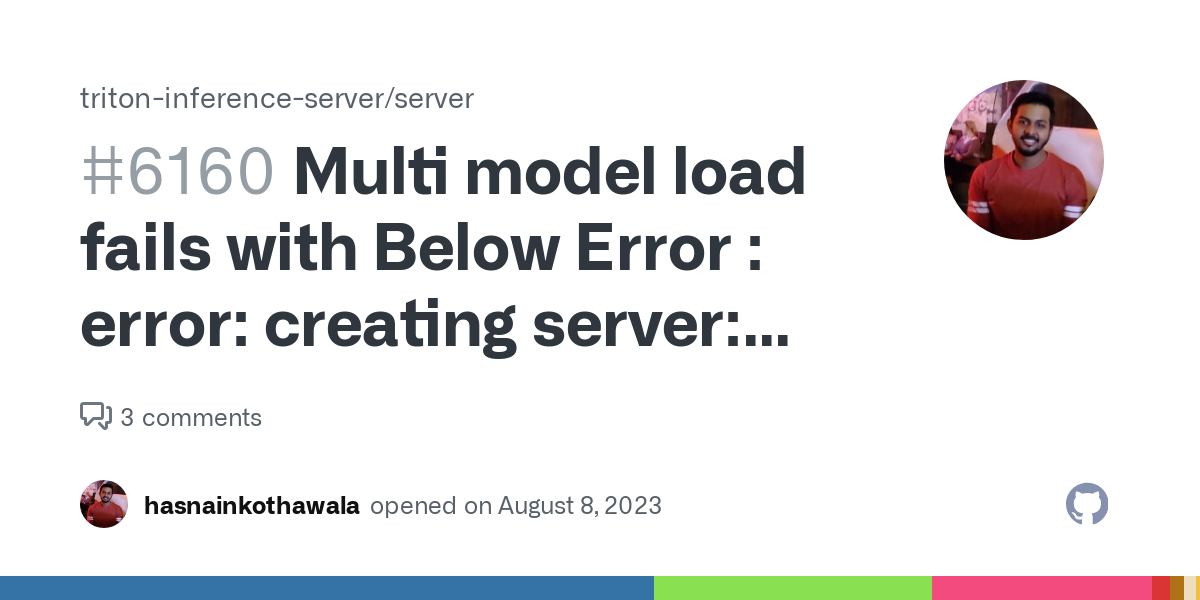HRIS system implementation challenges and best practices for successful rollout are crucial for any organization looking to modernize its HR processes. Successfully navigating the complexities of data migration, system configuration, user adoption, and security is key to reaping the rewards of a streamlined and efficient HR department. This guide dives deep into the critical stages, potential pitfalls, and proven strategies for a smooth and successful HRIS implementation.
From meticulous planning and risk assessment to robust data migration techniques and comprehensive user training, we’ll cover every aspect of the journey. We’ll explore best practices for maximizing user adoption, ensuring data security and compliance, and optimizing the system for ongoing success. Get ready to transform your HR operations with a well-executed HRIS rollout!
Planning & Project Management

Implementing a new HRIS system is a complex undertaking, demanding meticulous planning and robust project management to ensure a smooth and successful rollout. Failing to properly plan can lead to cost overruns, delays, and ultimately, user dissatisfaction. A well-defined phased approach, coupled with proactive risk management and a strong change management strategy, is crucial for navigating the complexities of HRIS implementation.A phased approach breaks down the project into manageable segments, allowing for iterative testing and adjustments along the way.
Successfully implementing an HRIS system requires careful planning and execution, addressing challenges like data migration and user adoption. Streamlining processes is key, and this principle extends beyond HR; consider the efficiency gains possible with RMM software with integrated PSA for streamlined workflows in other departments. Applying similar best practices—clear communication, thorough training, and robust change management—to your HRIS rollout ensures a smooth transition and maximized ROI.
This minimizes the risk of catastrophic failure and allows for early identification and resolution of issues.
Phased HRIS Implementation Plan, HRIS system implementation challenges and best practices for successful rollout
A typical phased implementation might include: Project Initiation, Requirements Gathering & Analysis, System Design & Selection, Development & Customization, Testing & Quality Assurance, Data Migration, Training & Go-Live, Post-Implementation Support. Each phase has specific deliverables and timelines, forming the backbone of the project schedule.
Implementing a new HRIS system often faces hurdles like data migration and user adoption. Successful rollouts require meticulous planning and strong IT support, which can be significantly enhanced by leveraging efficient remote management tools. Consider exploring affordable RMM solutions with robust remote control features to streamline troubleshooting and provide timely assistance to employees during the transition, ensuring a smoother HRIS implementation process and minimizing downtime.
Gantt Chart Illustration
Imagine a Gantt chart visualizing the project timeline. The horizontal axis represents time, broken down into weeks or months. Each phase (Project Initiation, Requirements Gathering, etc.) is represented by a horizontal bar, its length indicating the duration of that phase. Dependencies are shown by linking the bars – for example, the “System Design & Selection” phase cannot begin until “Requirements Gathering & Analysis” is complete.
Critical path analysis, highlighted on the chart, identifies the sequence of tasks that determine the shortest possible project duration. Milestones, such as the completion of each phase or key deliverables, are marked with diamonds on the chart. Delays in any phase impacting the critical path can delay the entire project. For example, if data migration takes longer than planned, the go-live date will be pushed back.
Risk Assessment Matrix
A risk assessment matrix helps proactively identify and mitigate potential problems. The matrix typically lists potential risks (e.g., inadequate data quality, resistance to change, vendor delays) across rows and assigns a likelihood and impact score to each. The combination of likelihood and impact determines the risk level (low, medium, high), guiding the prioritization of mitigation strategies. For example, a high-impact, high-likelihood risk like data migration failure might necessitate a robust data validation process and a backup plan.
Change Management Strategies
Effective change management is paramount. Resistance to change from employees is a common hurdle. A comprehensive communication plan is essential. This could include regular updates via email newsletters, town hall meetings, and one-on-one training sessions to address concerns and build buy-in. Training should be tailored to different user groups, ensuring that all employees understand how to use the new system effectively.
For example, a phased rollout might involve training a pilot group first, gathering feedback, and then implementing changes before rolling out to the wider organization.
Resource Allocation and Team Structure
A well-structured project team is crucial. This team typically includes a project manager, HR representatives, IT specialists, vendor representatives, and potentially subject matter experts. Clear roles and responsibilities should be defined to avoid confusion and duplication of effort. Resource allocation should consider the skills and expertise needed for each phase. For instance, data migration requires specialized skills in data analysis and database management, while training requires skilled trainers and instructional designers.
A project management software can help track resources, tasks, and deadlines. Budget allocation needs to consider software licensing, training costs, consultant fees, and internal staff time.
System Configuration & Customization
Implementing a new HRIS isn’t just about buying software; it’s about meticulously tailoring it to your organization’s unique DNA. A poorly configured system can lead to frustration, inefficiency, and ultimately, a failed implementation. Getting this stage right is crucial for a smooth transition and long-term success. This section dives into the nitty-gritty of HRIS configuration and customization, highlighting best practices to ensure a perfect fit.The core principle here is aligning the HRIS with your specific organizational needs and established workflows.
This involves more than just choosing a pre-built template; it requires a deep understanding of your HR processes, data requirements, and reporting needs. Ignoring this crucial step often leads to a system that’s clunky, difficult to use, and fails to deliver the promised benefits. Effective configuration ensures seamless integration with existing systems, reduces manual data entry, and improves overall HR efficiency.
Customizing HRIS Modules for Specific Needs
Common HRIS modules like recruitment, onboarding, performance management, and compensation often require adjustments to reflect an organization’s unique practices. For instance, a company with a complex multi-level performance review process needs a customizable system that can accurately reflect this. Similarly, a company with a unique compensation structure requires a system that can handle its specific pay grades, bonuses, and incentive programs.
Failure to customize these modules can lead to inaccurate data, compliance issues, and a frustrated workforce. Imagine trying to force a square peg into a round hole – that’s what happens when you don’t customize your HRIS appropriately. A well-configured system, on the other hand, will streamline these processes, making them more efficient and less error-prone.
User Acceptance Testing (UAT) and Iterative Refinement
UAT is not just a box-ticking exercise; it’s a critical phase to identify and fix configuration flaws before the full rollout. Involving key users from different HR departments in this process is essential. They should test the system’s functionality, data accuracy, and user-friendliness, providing valuable feedback for iterative improvements. Think of it as a beta test, where real-world users identify the glitches and suggest refinements.
For example, during UAT for a new performance review module, users might discover a cumbersome workflow or a missing field. This feedback allows for adjustments to the system configuration before it’s used by the entire organization. This iterative approach ensures the final system meets the actual needs of its users.
Training Program for HR Staff
A robust training program is the key to unlocking the full potential of your new HRIS. This shouldn’t be a one-size-fits-all approach; instead, it should be tailored to different roles and responsibilities within the HR department. For example, recruiters need training on the recruitment module, while compensation specialists need training on the payroll and compensation modules. The training should include both theoretical and hands-on components, with ample opportunity for questions and feedback.
Consider using a blended learning approach, combining online modules with in-person workshops, to cater to different learning styles. A well-designed training program ensures that HR staff are confident and competent in using the system, maximizing its effectiveness and minimizing disruptions during the transition. Ignoring training can lead to underutilization of the system and a slower return on investment.
Security & Compliance: HRIS System Implementation Challenges And Best Practices For Successful Rollout

Implementing a new HRIS system involves entrusting sensitive employee data to a new platform. This necessitates a robust security strategy that goes beyond simple password protection. Neglecting security can lead to hefty fines, reputational damage, and loss of employee trust. A proactive approach to security and compliance is crucial for a successful HRIS rollout.Data encryption and access controls are paramount.
Think of your HRIS system as a high-security vault. You wouldn’t leave the vault door unlocked, would you? Similarly, your data needs strong protection.
Data Encryption and Access Controls
Data encryption safeguards sensitive information like salaries, addresses, and social security numbers, rendering it unreadable without the correct decryption key. This protects data both in transit (as it travels across networks) and at rest (when stored on servers). Access controls, on the other hand, ensure that only authorized personnel can access specific data. This might involve role-based access control (RBAC), where access permissions are granted based on an employee’s job function.
For example, a payroll administrator might have access to salary information, but a recruiter might only see candidate data. Multi-factor authentication (MFA), requiring multiple forms of verification (password, one-time code, biometric scan), adds an extra layer of security, significantly reducing the risk of unauthorized access.
Compliance with Data Privacy Regulations
Navigating the complex landscape of data privacy regulations is crucial. The General Data Protection Regulation (GDPR) in Europe and the California Consumer Privacy Act (CCPA) in the US are prime examples of stringent regulations. Compliance involves understanding your obligations regarding data collection, storage, processing, and deletion. This includes obtaining explicit consent for data processing, providing individuals with access to their data, and implementing data breach notification procedures.
Failure to comply can result in substantial fines, like those levied against companies violating GDPR. For instance, a company failing to properly secure employee data and experiencing a breach could face millions of dollars in fines.
Regular Security Audits and Vulnerability Assessments
Regular security audits and vulnerability assessments are essential for identifying and mitigating potential security risks. These audits involve systematic examinations of the HRIS system’s security posture, checking for weaknesses and vulnerabilities. Penetration testing, a simulated cyberattack, helps identify vulnerabilities before malicious actors can exploit them. Regular vulnerability scanning automatically identifies security flaws in software and hardware. The frequency of these assessments should depend on the criticality of the data and the complexity of the system; however, annual audits and quarterly vulnerability scans are a good starting point.
Addressing vulnerabilities promptly minimizes the risk of data breaches.
Data Breach and Security Incident Response Policy
A comprehensive policy outlining procedures for handling data breaches and security incidents is crucial. This policy should detail steps to take in case of a security incident, including incident reporting procedures, investigation methods, containment strategies, and communication plans. It should also define roles and responsibilities for different team members, ensuring a coordinated response. This policy should be regularly reviewed and updated to reflect changes in the threat landscape and regulatory requirements.
A well-defined incident response plan ensures a swift and effective response, minimizing the impact of a breach. A company’s response to a data breach significantly influences its reputation and the legal repercussions. A quick and transparent response, guided by a well-defined policy, can help mitigate the damage.